Rhinoplasty, or nose surgery, is one of the most common plastic surgery procedures performed today. It can reshape, reduce or augment a person's nose to achieve facial harmony with normal movement during speaking and facial expressions, and keeping the nose in line with the gender, age and personality, as also to boost self-confidence. It may be performed as a reconstructive procedure to correct a birth defect or an injury such as a broken nose.
Rhinoplasty may be performed for functional rather than cosmetic reasons as well. In that case we use the term “functional rhinoplasty”. Combining nose reshaping with septoplasty or endoscopic sinus surgery can effectively treat certain breathing problems, such as those caused by a deviated septum.
The surgery will improve respiration if any difficulty existed before or preserve it when it is normal.
The operation
The surgery consists of two main parts:
The first - functional – is the work inside the nose for better breathing, better support of the nose bone( osteochondral) and taking cuttings.
The second - the aesthetic – is the operation on the external part of the nose in order to change the shape, size and proportions which will lead to a nice nose that will suit and beautify the person.
Stages
There are many different possible stages of surgery. Each patient is unique and the appropriate combinations are selected depending the case.
- Small incisions in both nostrils (not visible after the surgery) and in case of “open” rhinoplasty joining of incisions together at the bottom part of the nose
- Removing the nasal bone
- Straightening the nose (bone and / or cartilage part)
- Elevation of the bottom of the nose,tip of the nose (in "Fallen" nose)
- Forming the lower part ,that may include thinning, elevation, reinforcement etc.
- Reduction of all dimensions of the nose (in a “big” nose)
- Increase all dimensions of the nose (in a “small” nose) using cuttings
- Strengthening the lower part of the nose, where during vigorous inhalation we have the phenomenon of collapse
- Increasing the angle of the nose (as seen below) in case we have a very narrow nose (narrow inner valve) and nasal breathing difficulty
- Taking cuttings from the following areas in order of preference: nasal septum, other areas of the nose, ear, thoracic side
- Removing Scola (skewed) nasal septum or move it to the midline if necessary
- Reducing the size of the nostrils
- Suturing the incisions with absorbable sutures (in open rhinoplasty three tiny stitches are placed at the base of the nose)
- Placing soft capping inside the nose for one day
- Placing small splint on the dorsum of the nose for one week
- Reduction of all dimensions of the nose (in a “big” nose)
Anesthesia
General
Duration of surgery
Usually 1-1.5 hours and extremely rarely in cases where taking of many cuttings from other areas is needed, like in Uvulo-Palato-Faryngoplasty,duration may reach the 2.5 hours
Stay in the clinic
Discharge 6 hours after surgery. In combination with other operations such as Uvulo-Palato-Faryngoplasty the patient leaves the clinic next morning.
Result
Permanent
Combination with other operations
If there are functional problems of difficulty in nasal breathing can be combined with straightening of the nasal septum and cauterization of concha and in this case we are talking about a functional rhinoplasty. For treatment of sleep apnea and snoring can be combined with adenoidectomy, tonsillectomy, Uvulo-Palato-Faryngoplasty or excision of the uvula.
Instructions after surgery
- Immediate mobilization of the patient after surgery
- Removal of the light capping the day after
- Special care for the internal of the nose by washing (with natural serum) and placement of ointments, 3 times a day for about a month.
- Removal of slight internal packing of the nose (slight internal splint) the day after
- No painkillers required
- Antibiotics only given as a precaution for 4 days
- There is no sutures removal because they are internal and are being absorbed/rejected,while in the case of an open access three very fine sutures are removed simultaneously with the removal of the splint.
- Edema-swelling-and any bruising in the nose area is usually very small, and over a period of about two weeks they have subsided almost completely and the 80% of the result is evident.
- A period of approximately three months is needed in order to reach almost all of the result while the strengthening of the nasal skeleton and the full results are shown in about a year.





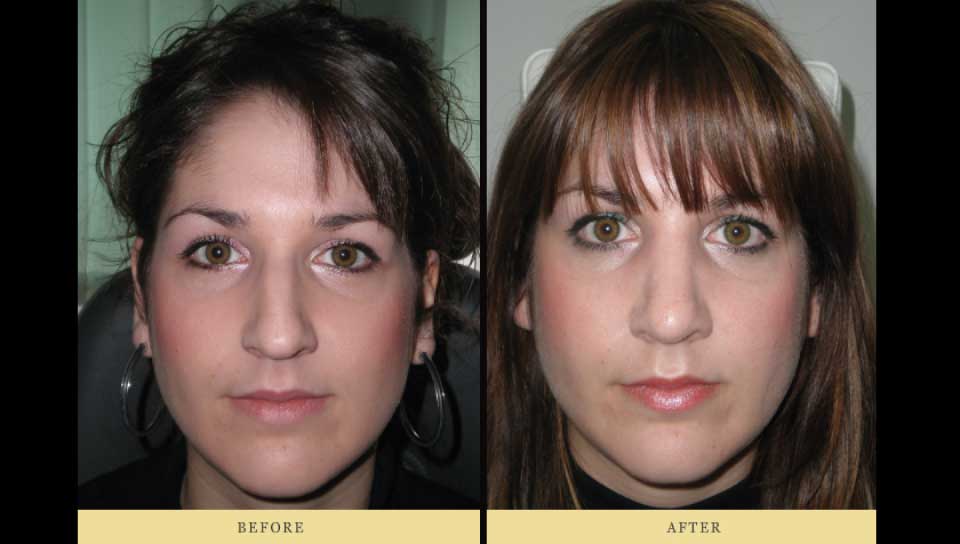
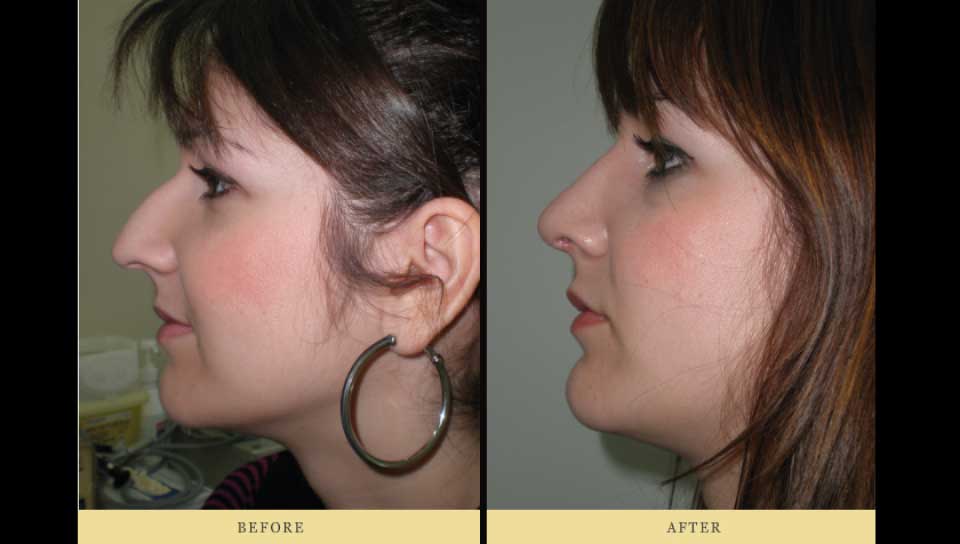
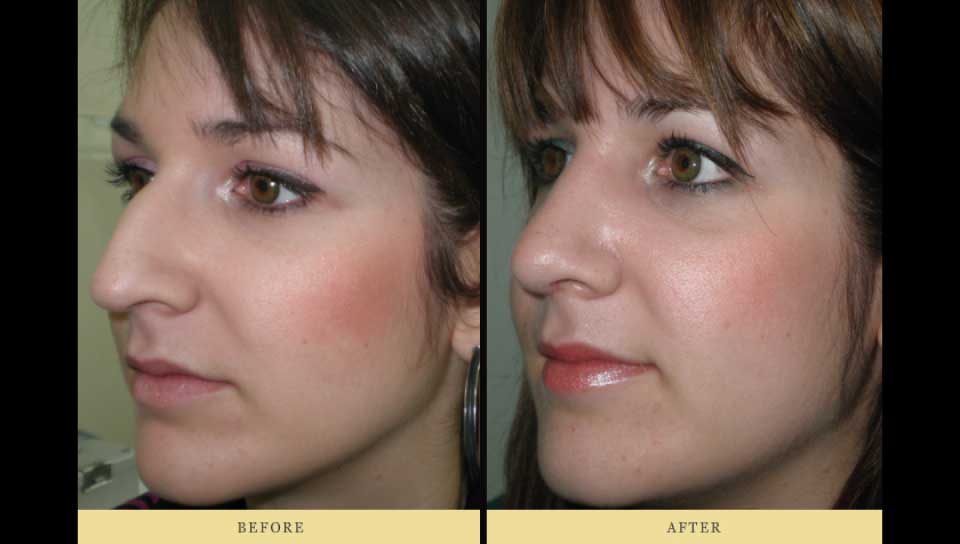
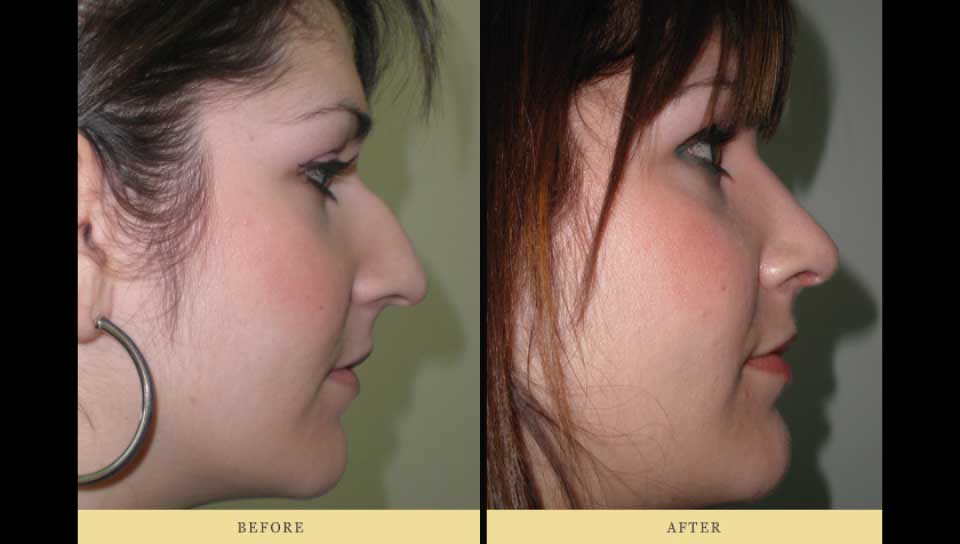
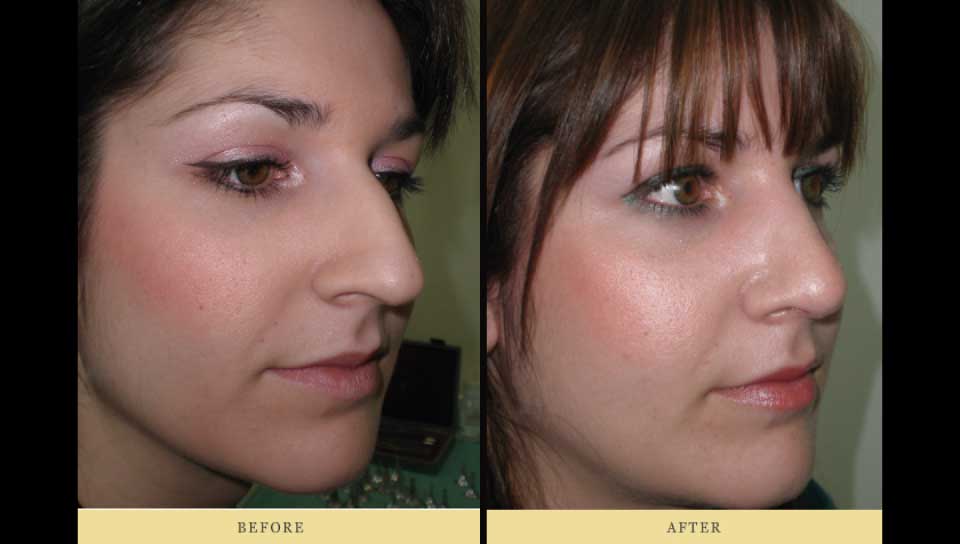
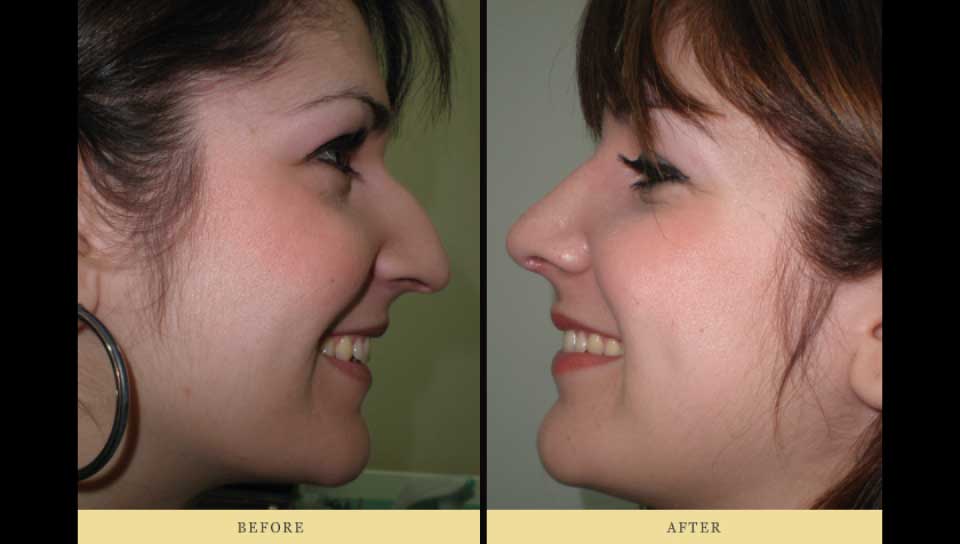
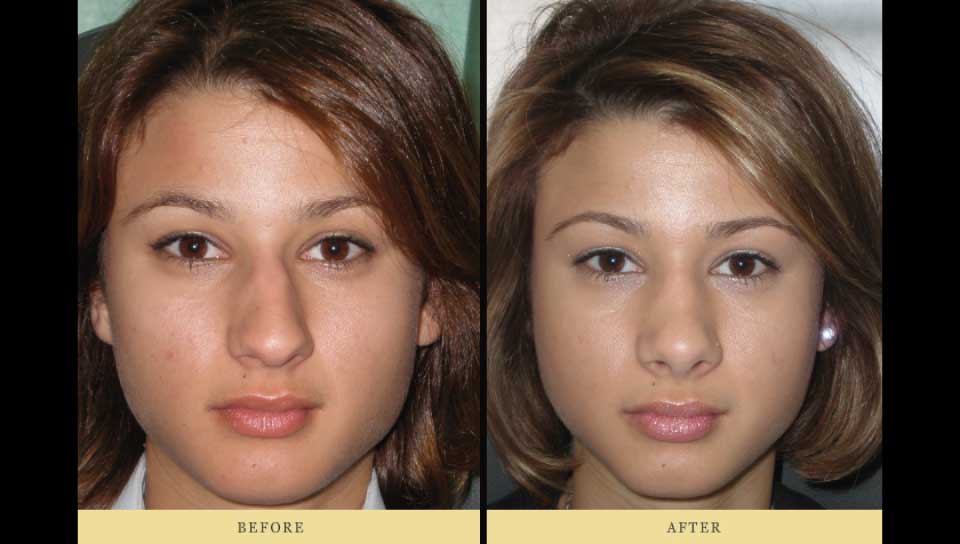
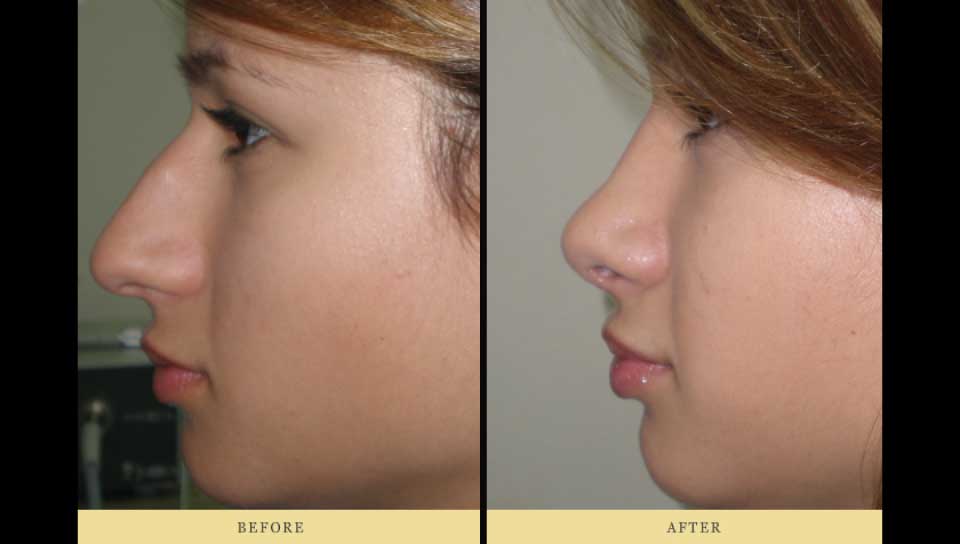
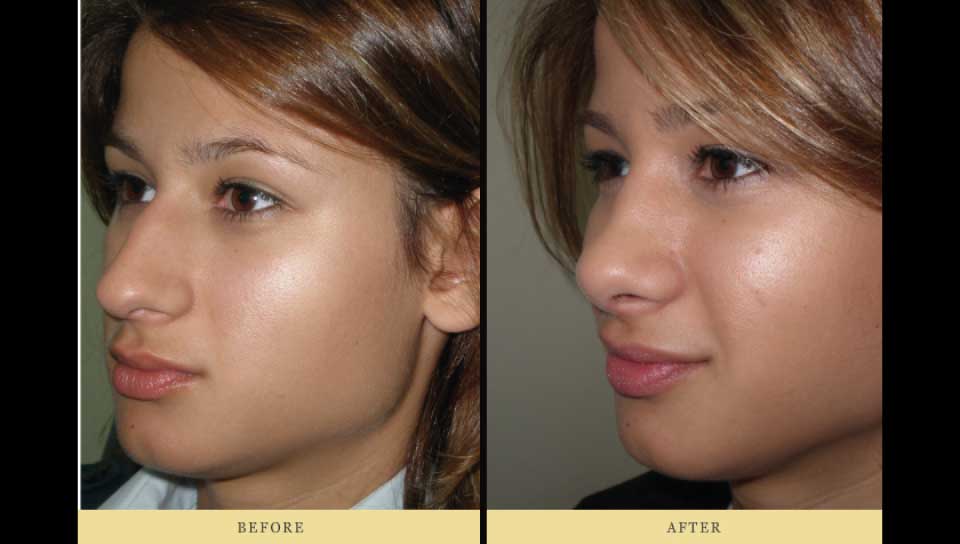
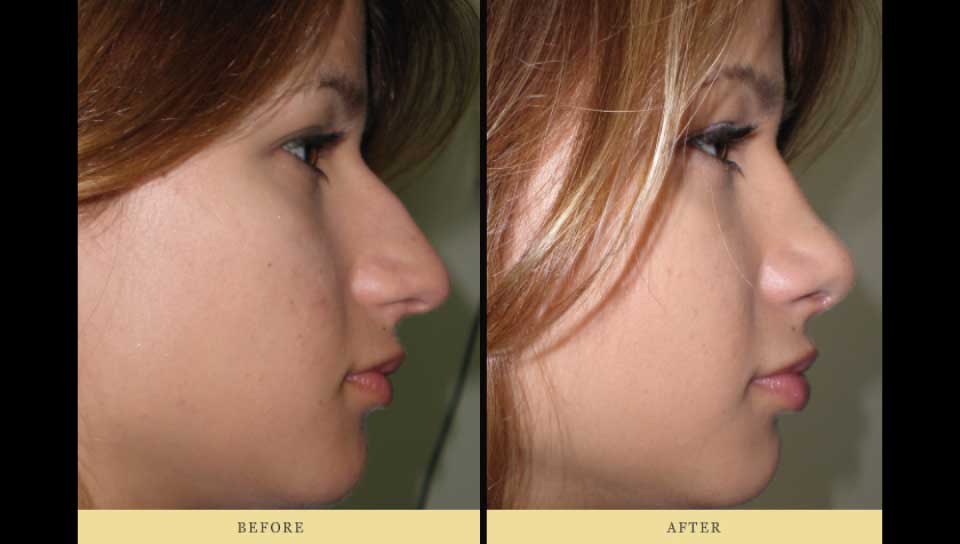
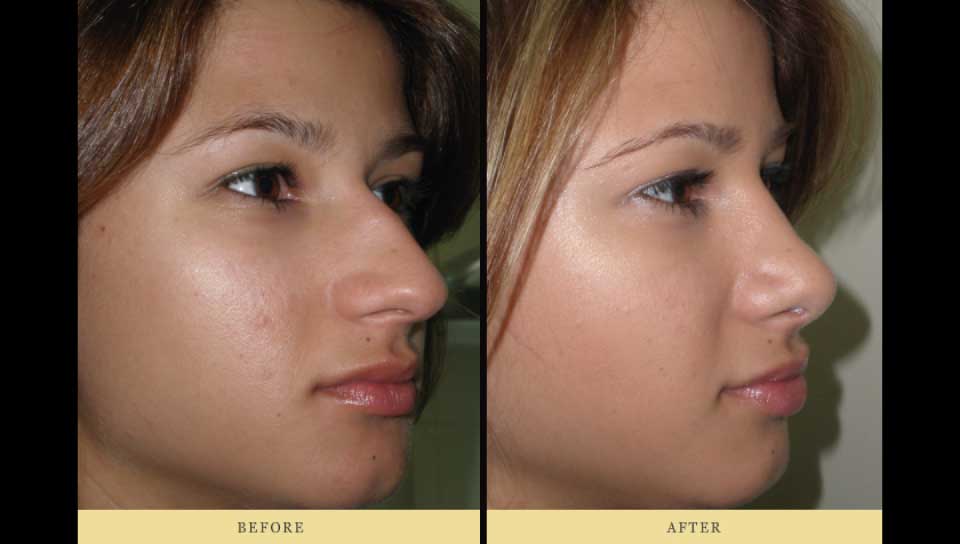
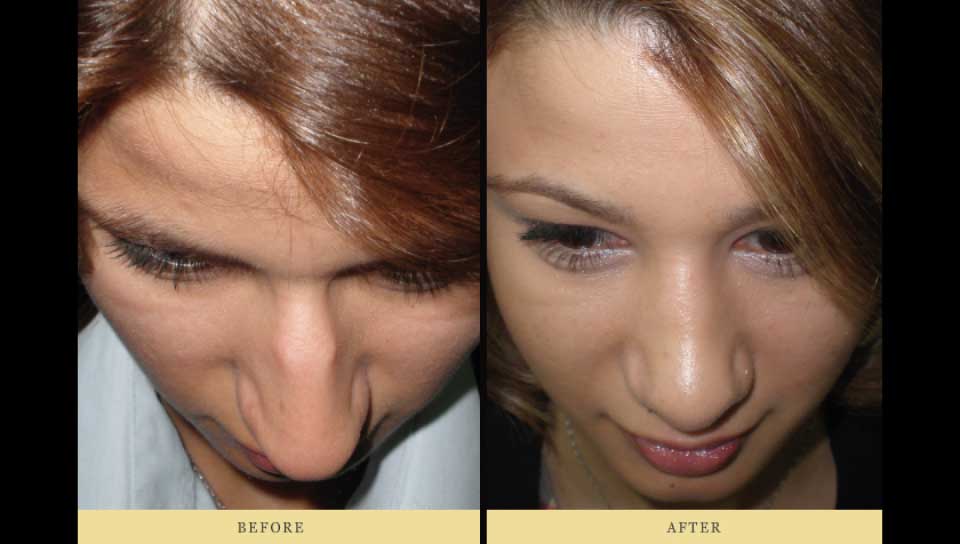
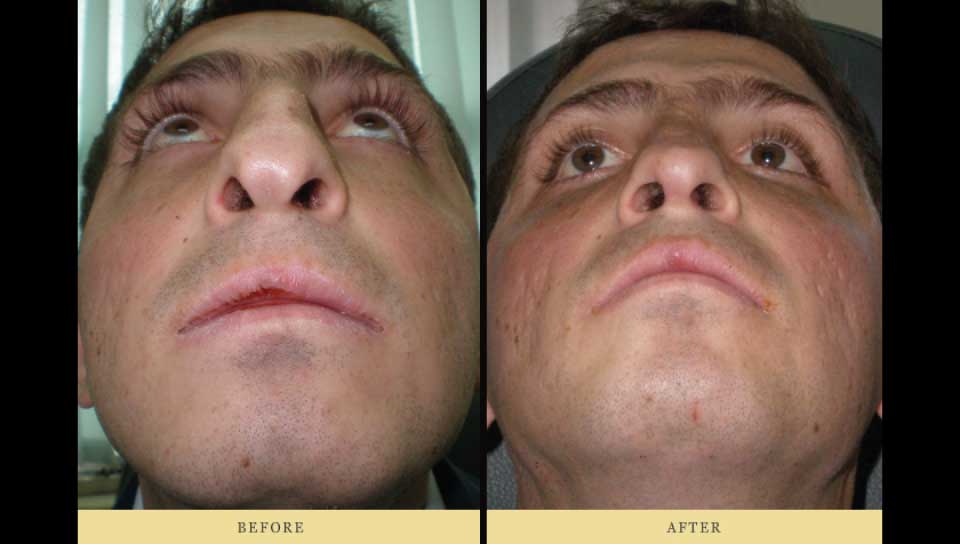
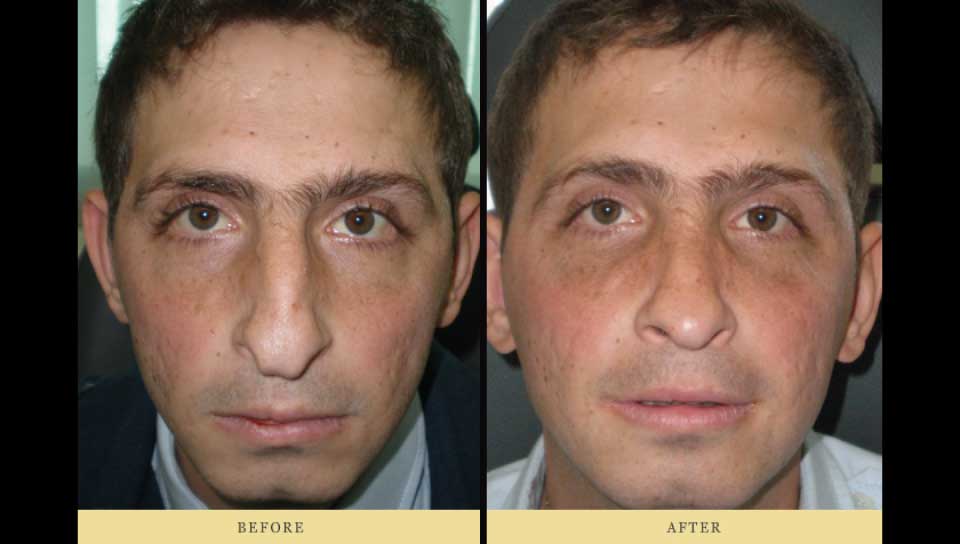
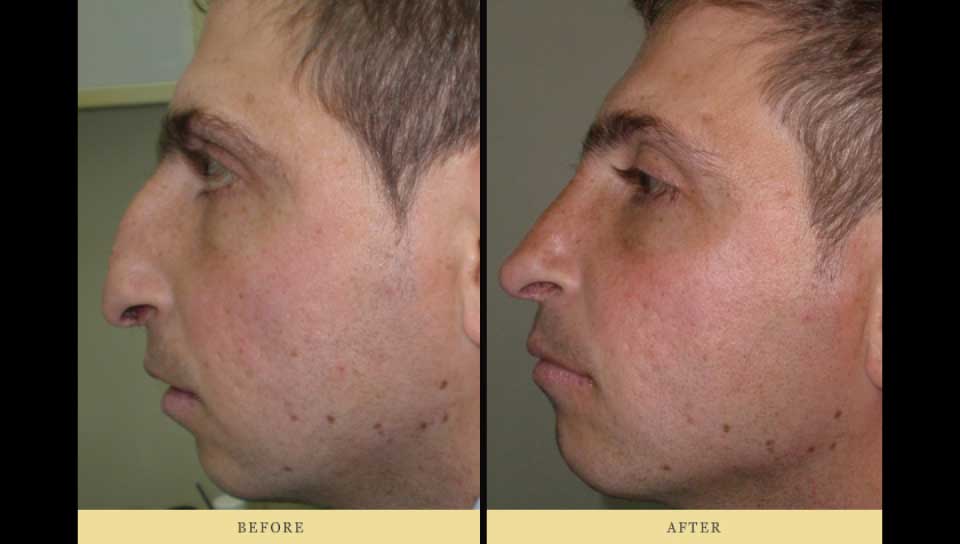
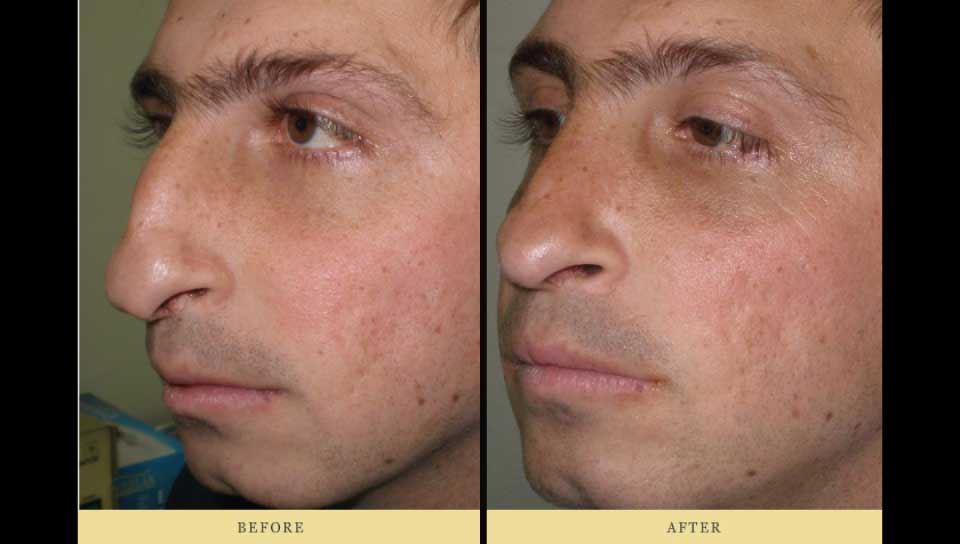
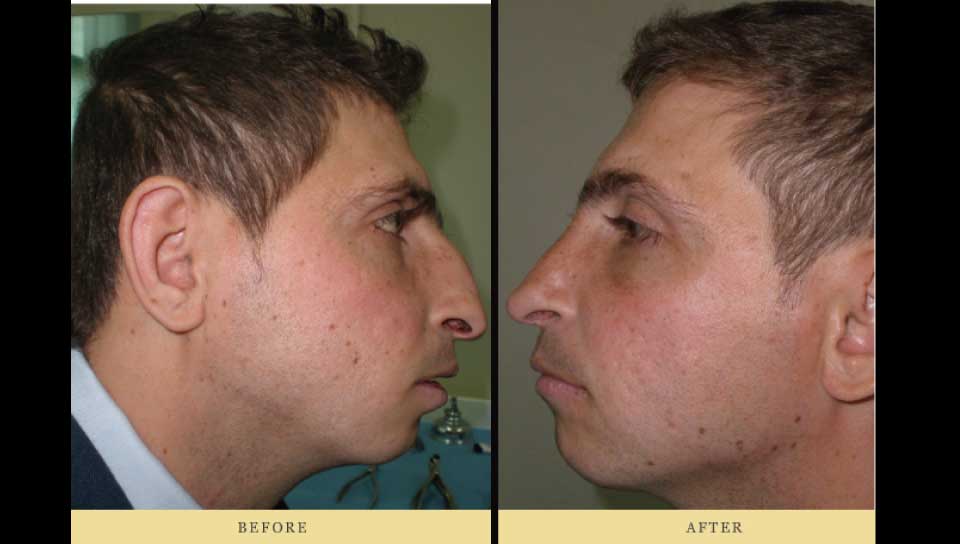
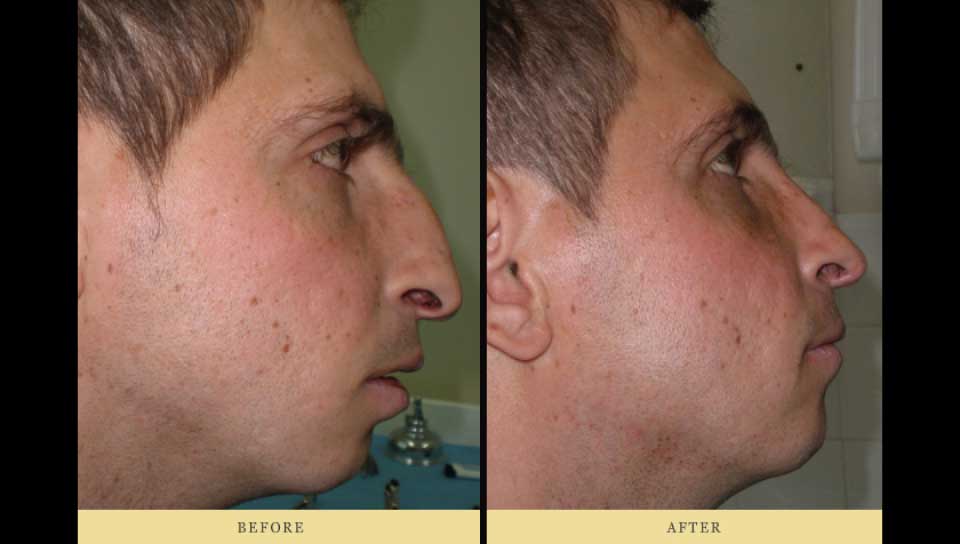
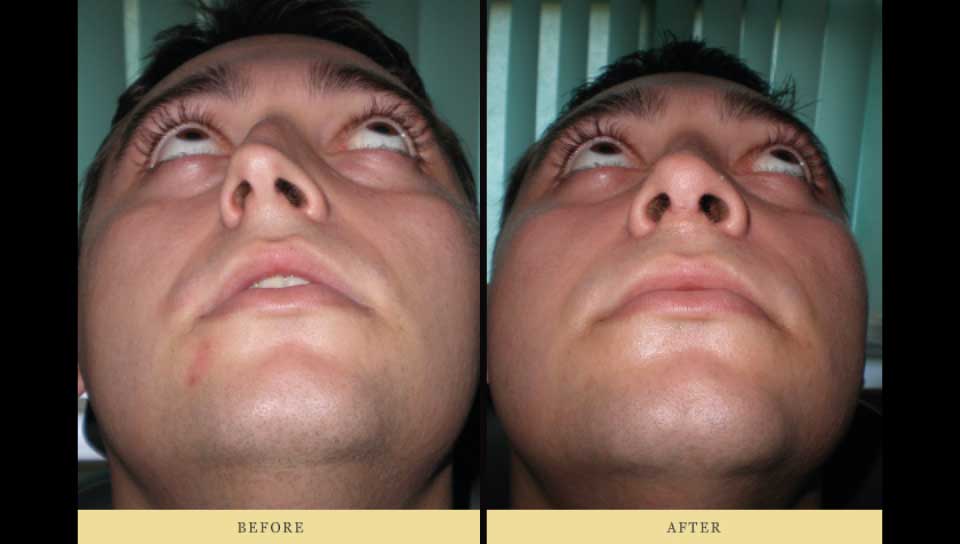
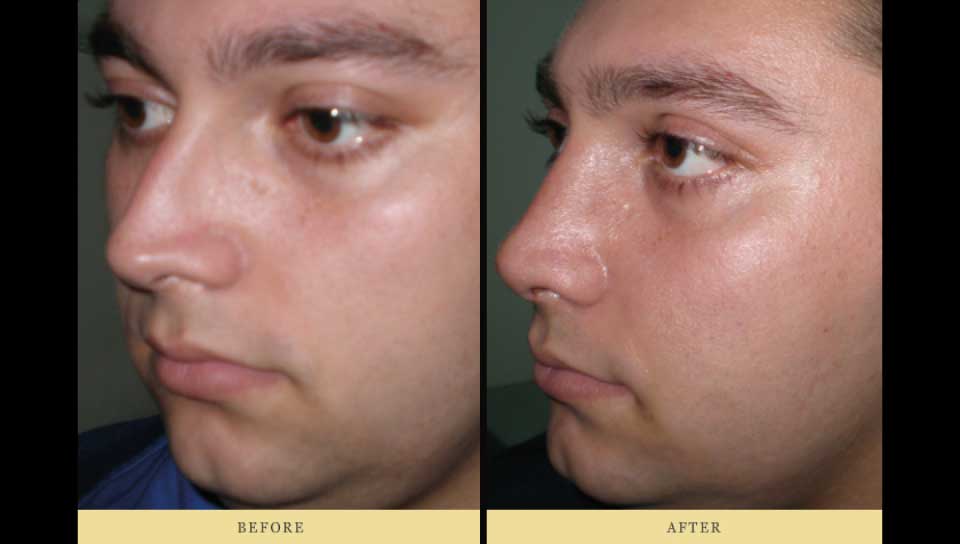
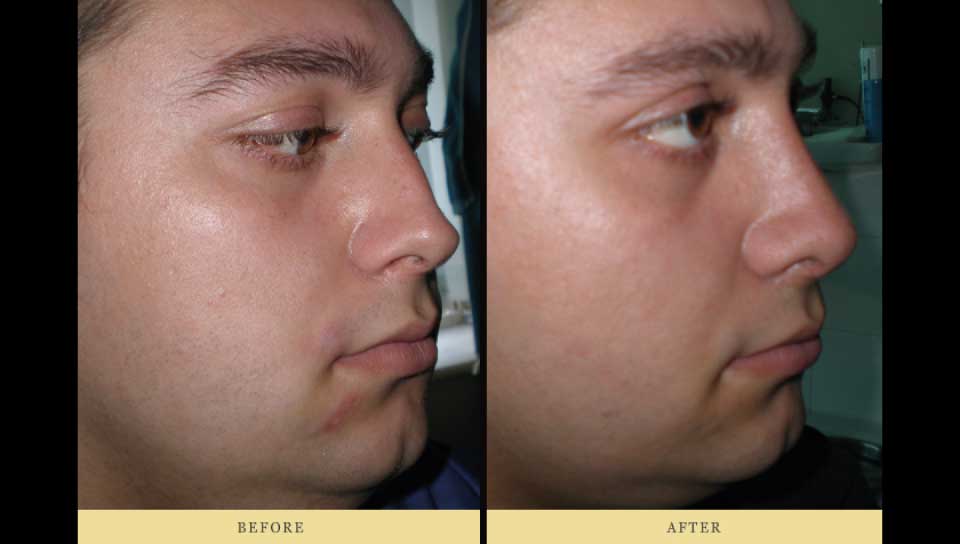
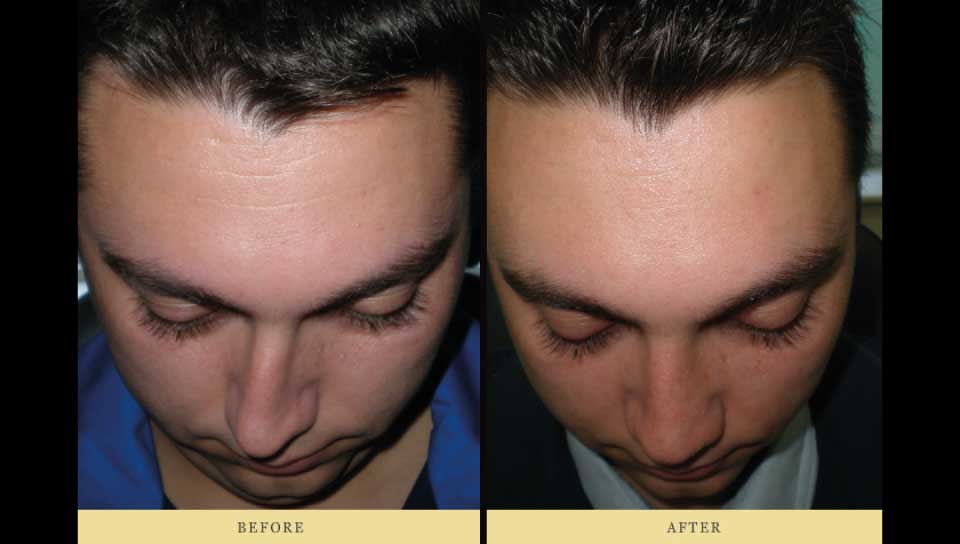
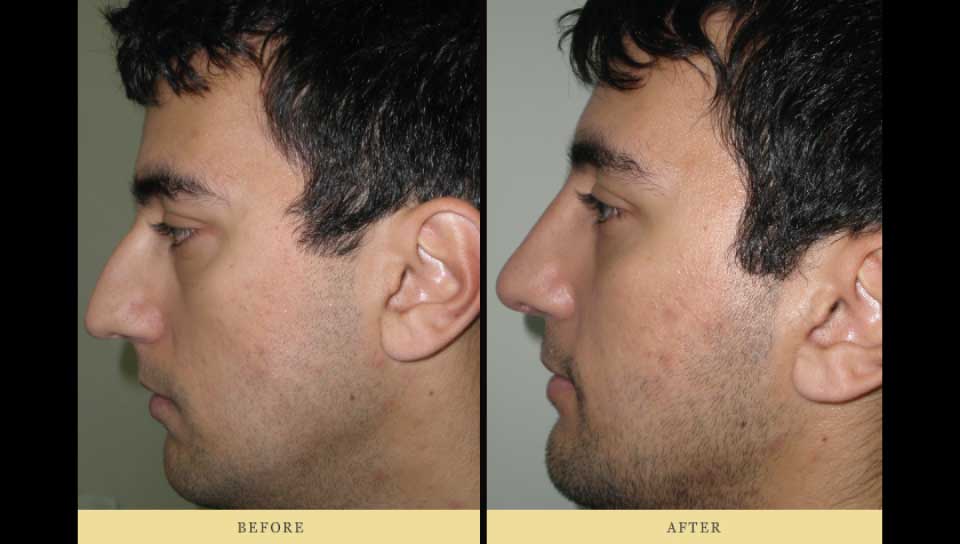
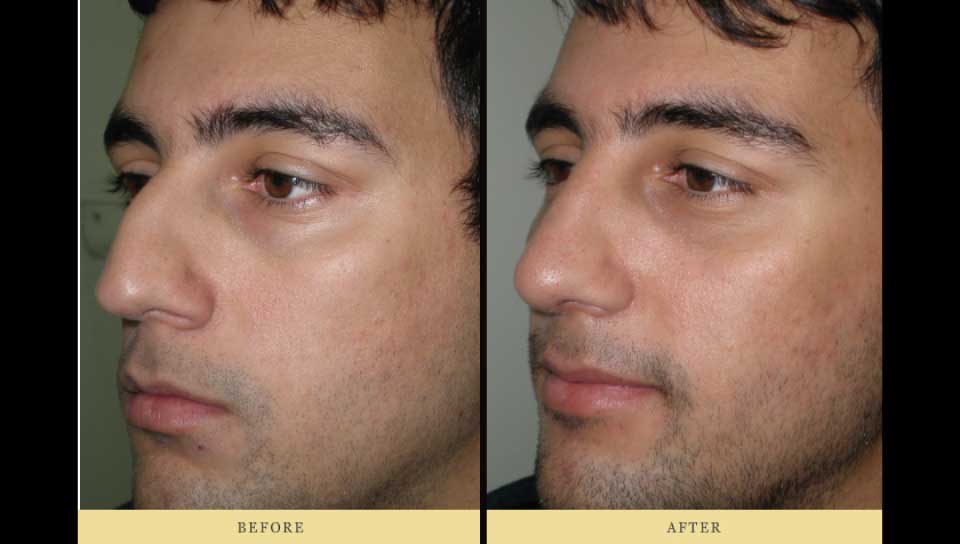
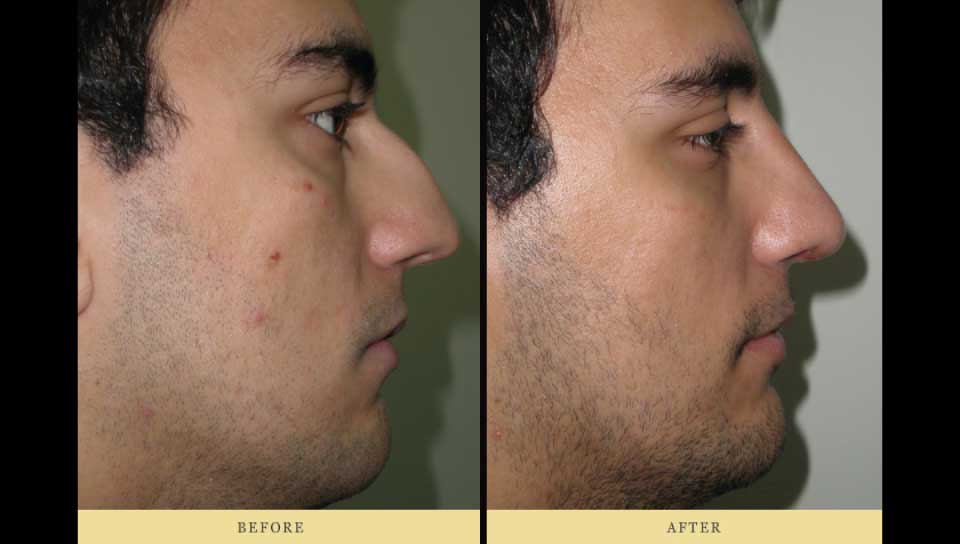
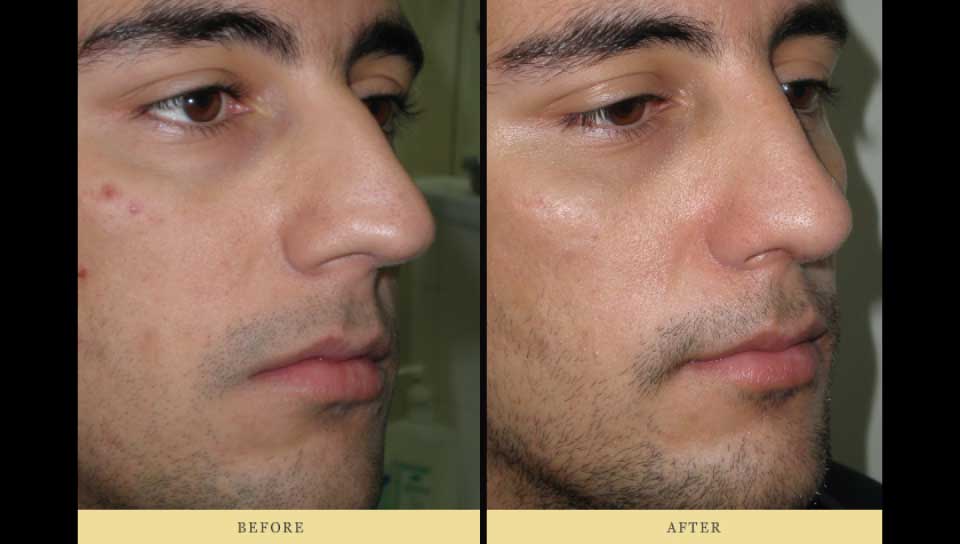
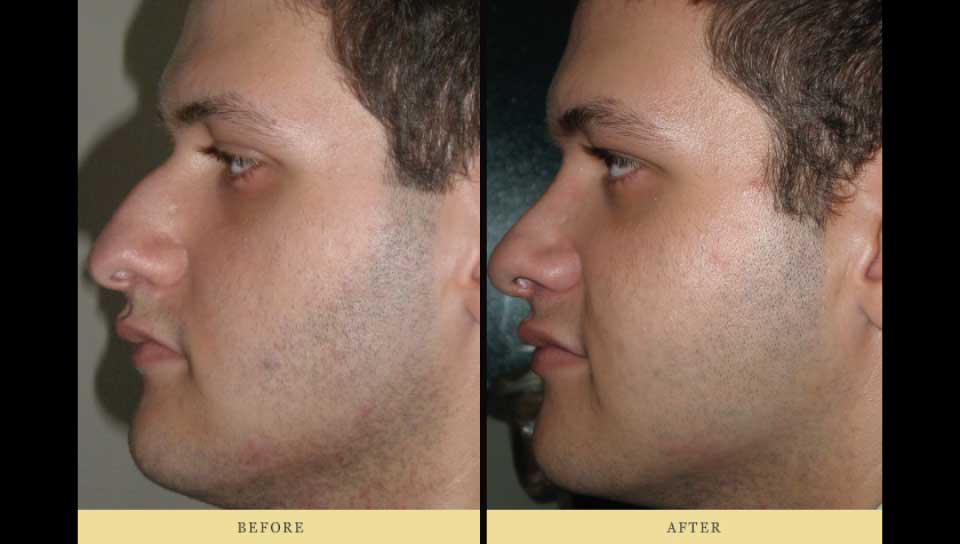
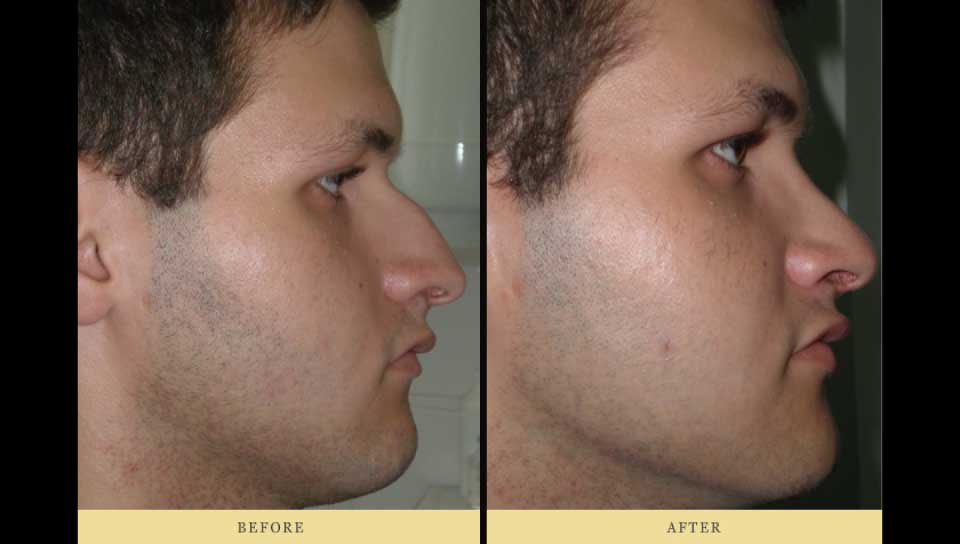
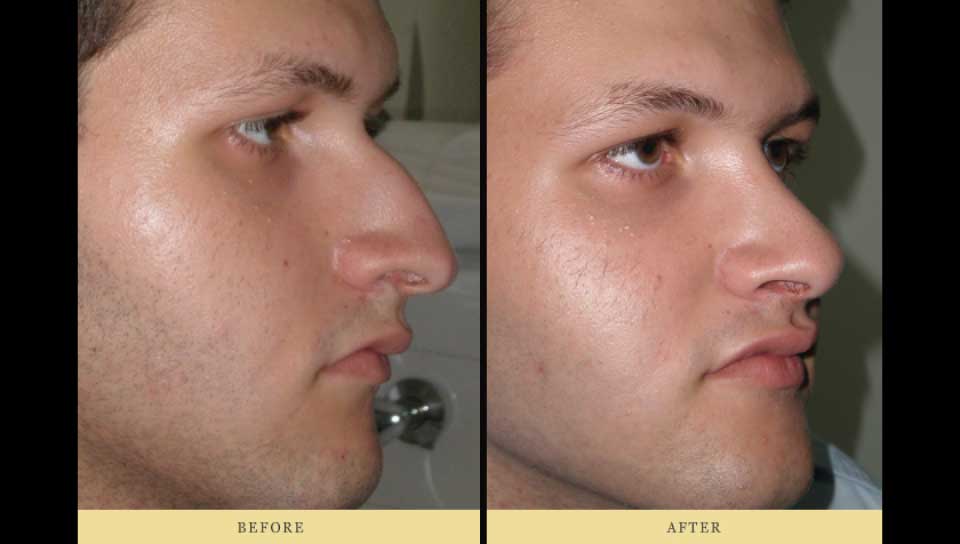






























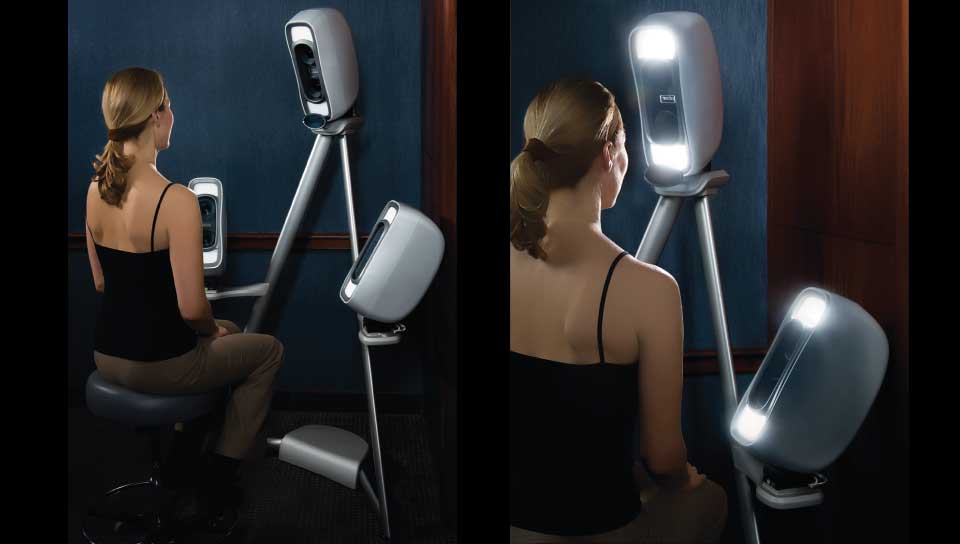
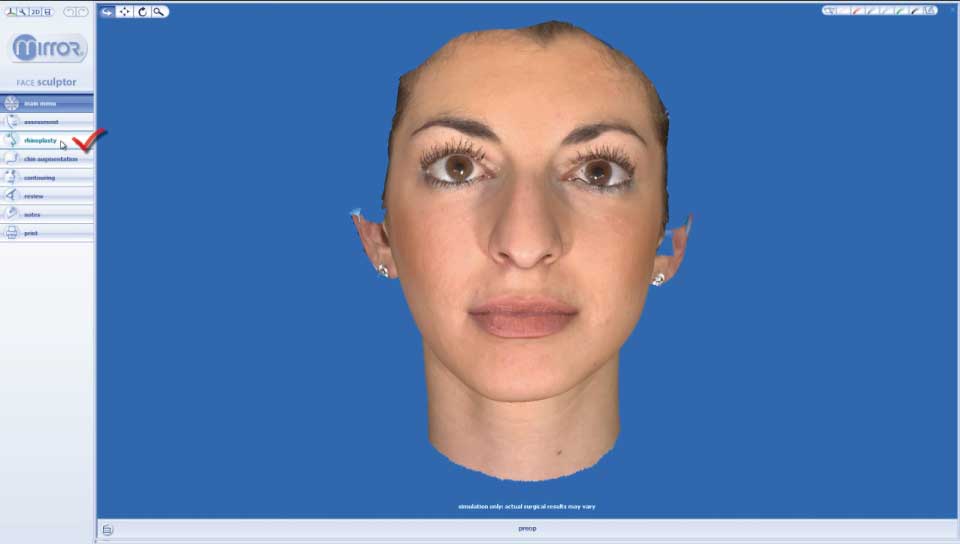
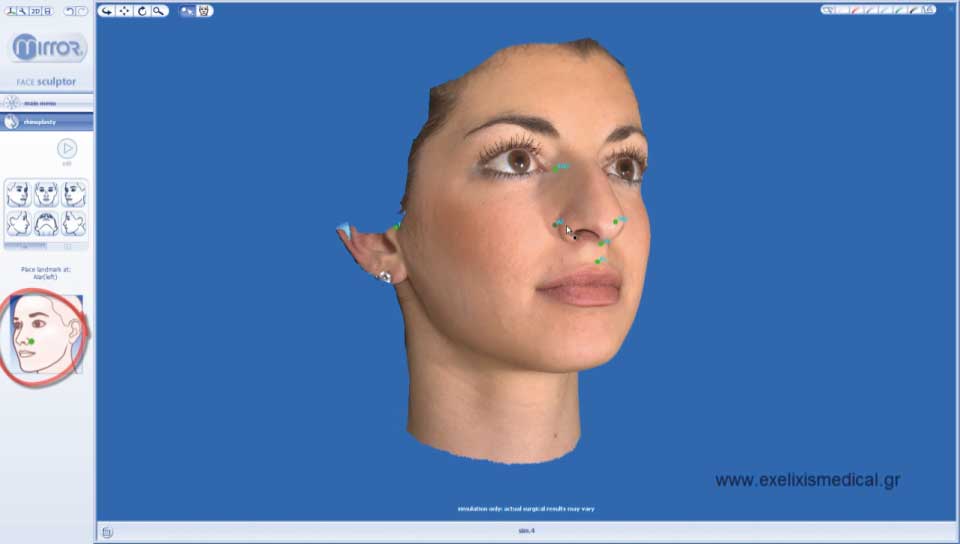
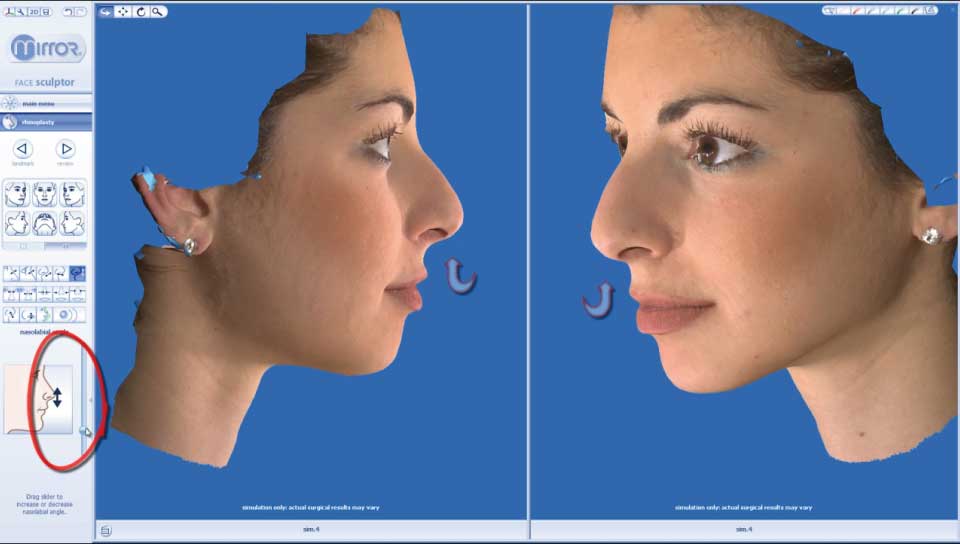
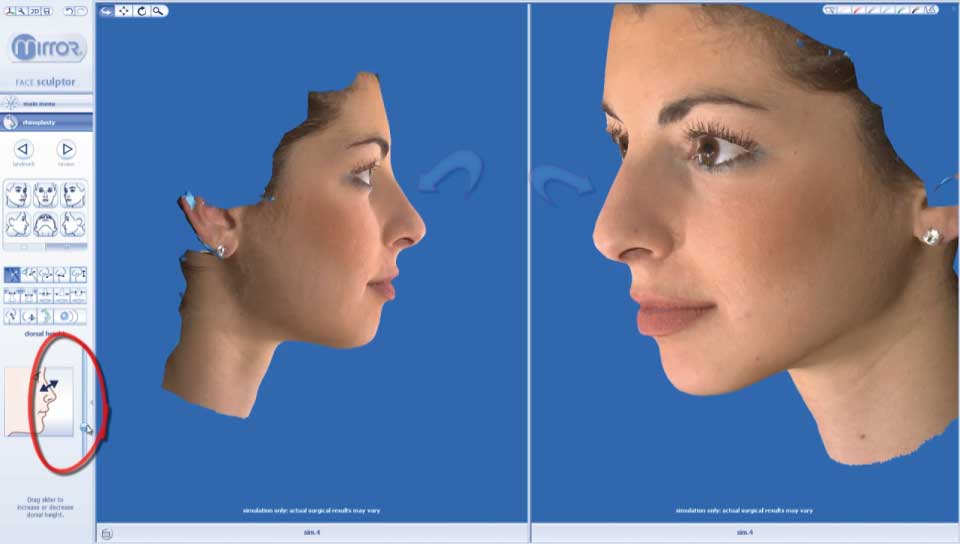
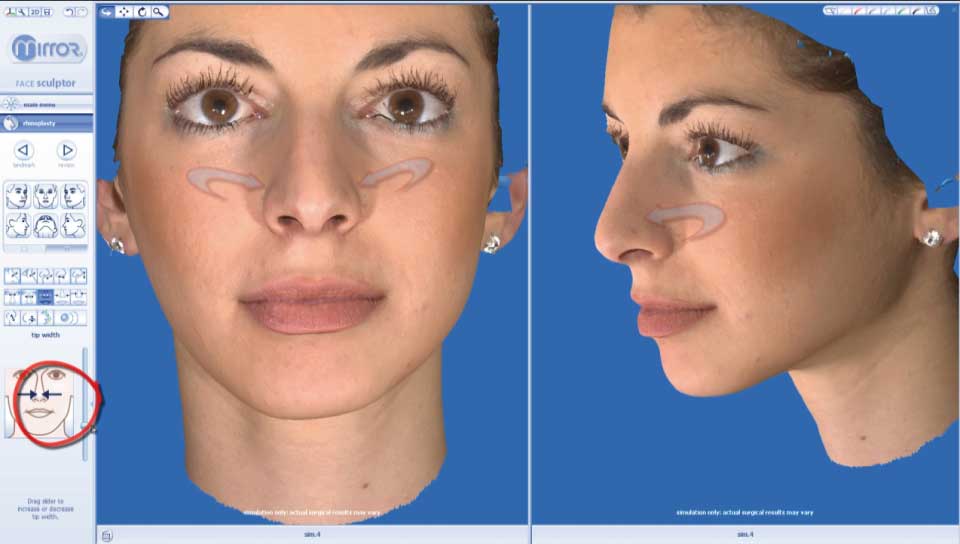
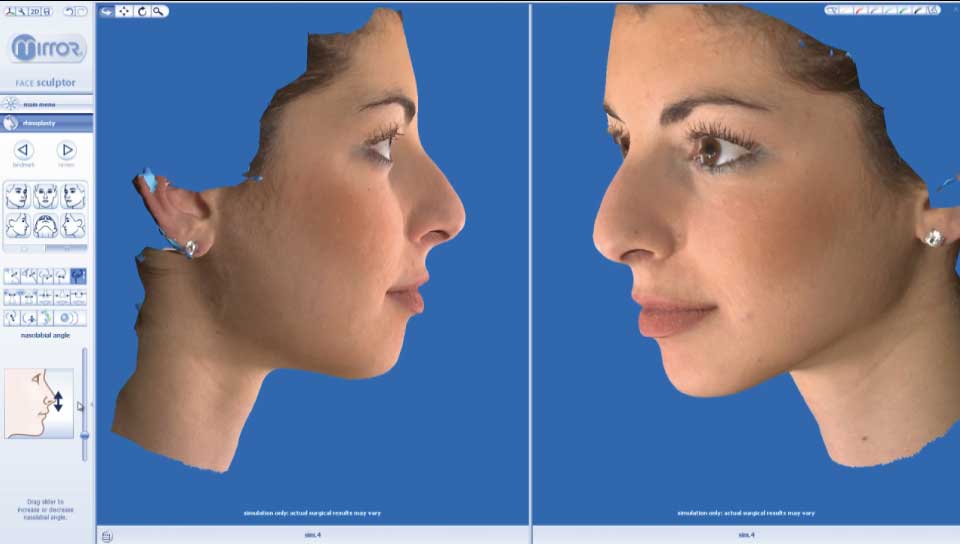
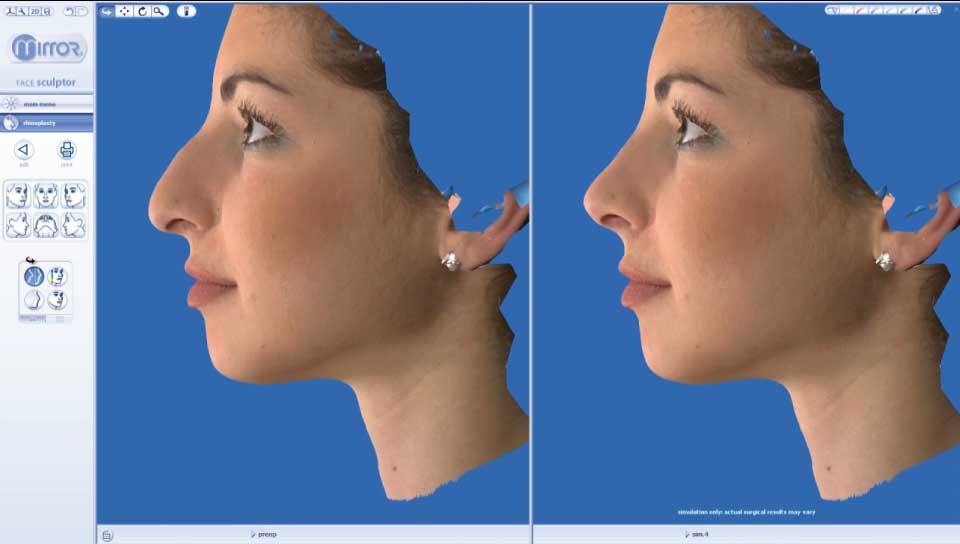
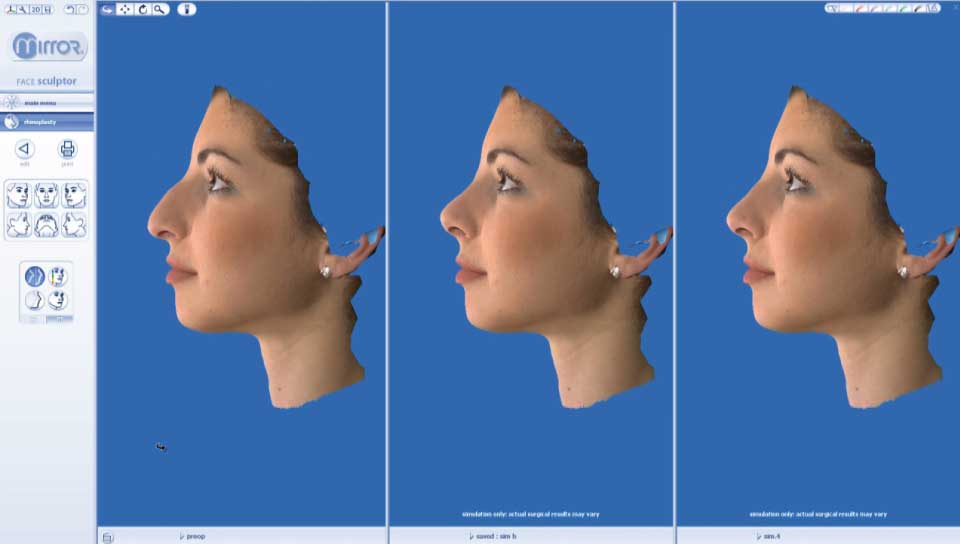
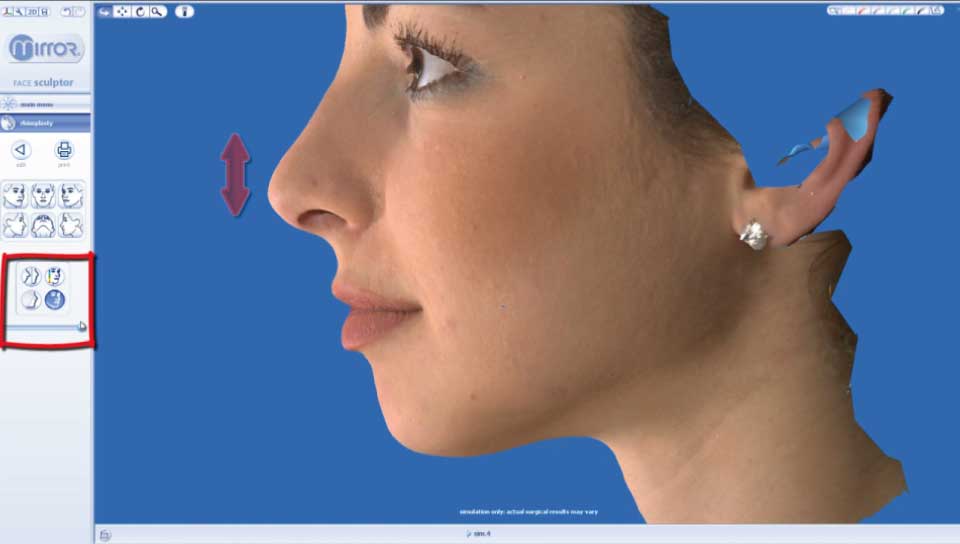
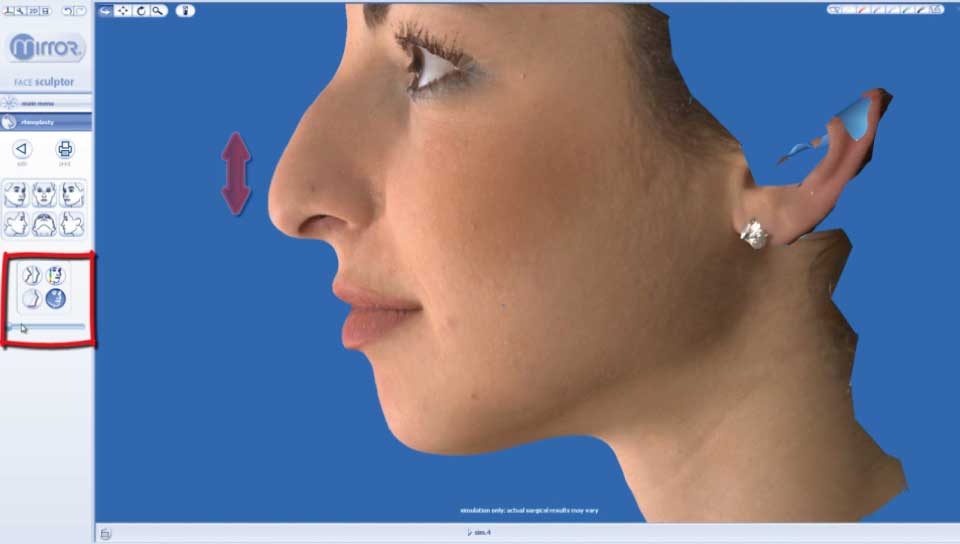
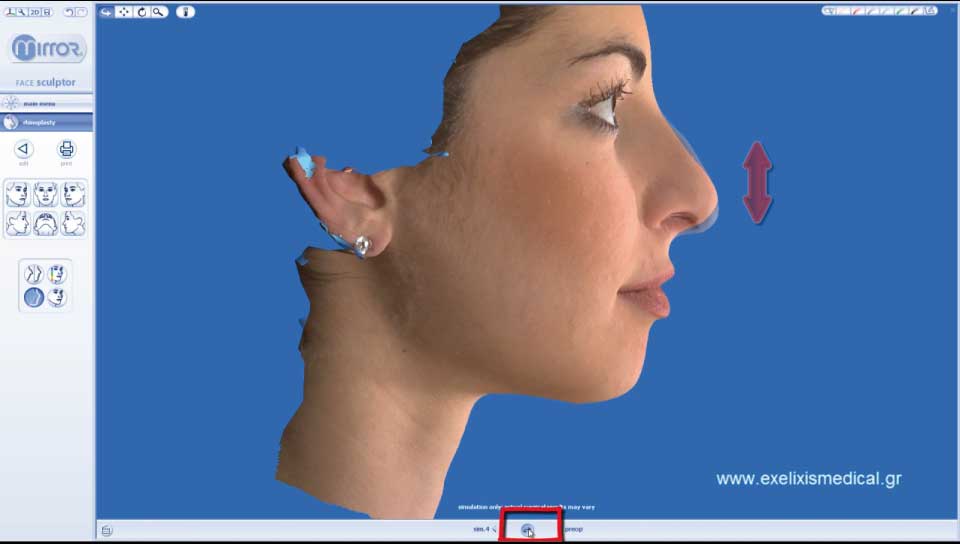
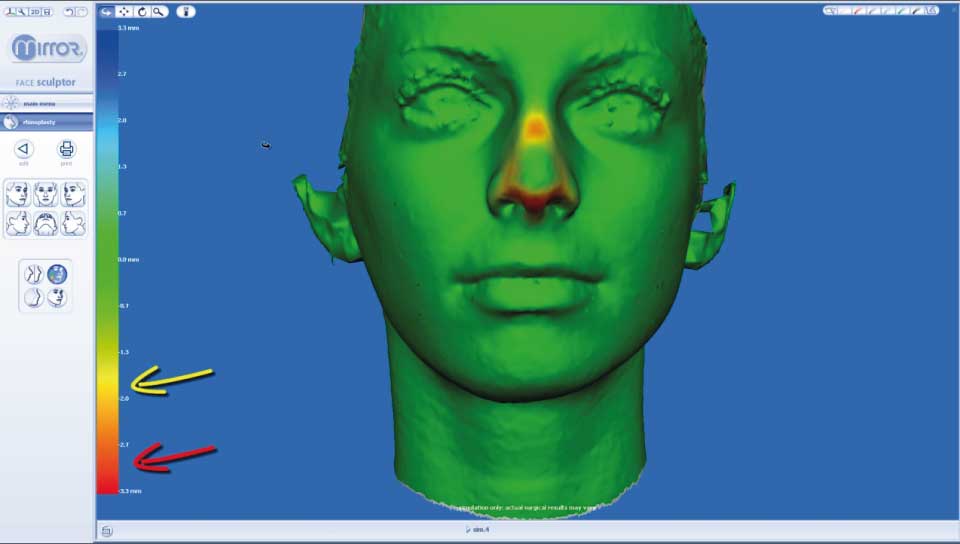
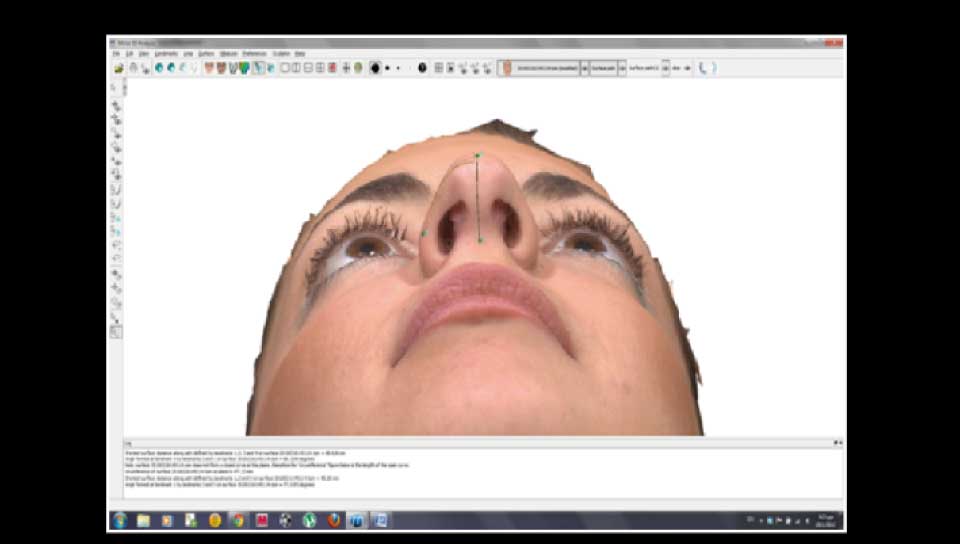
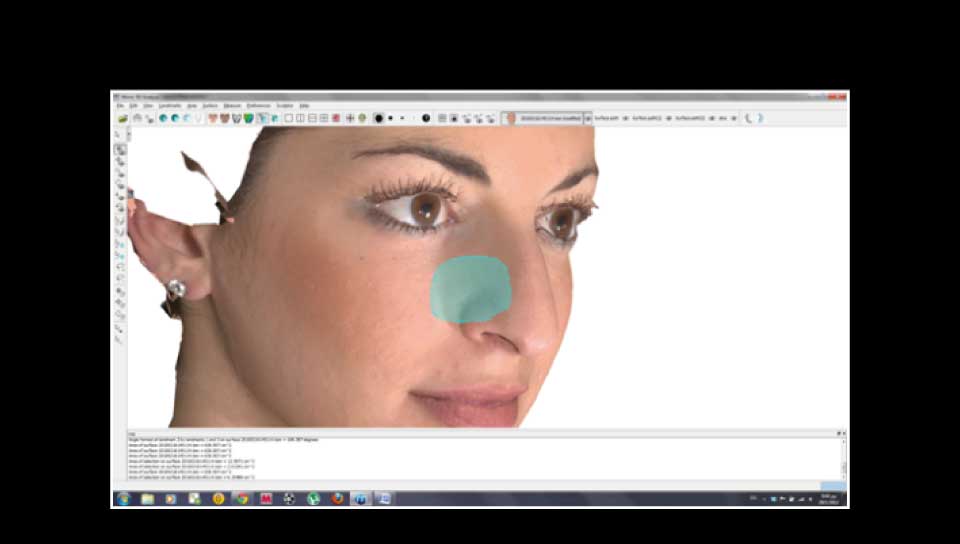
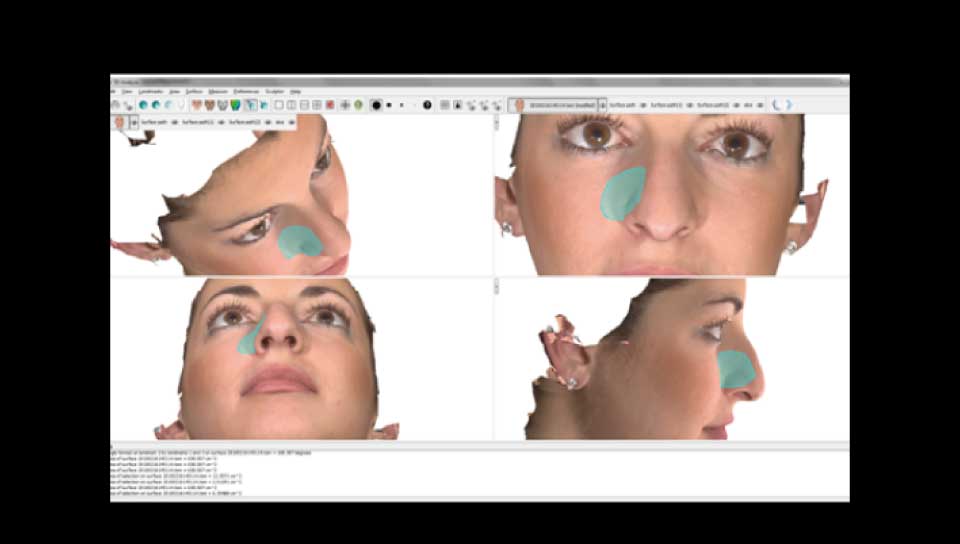
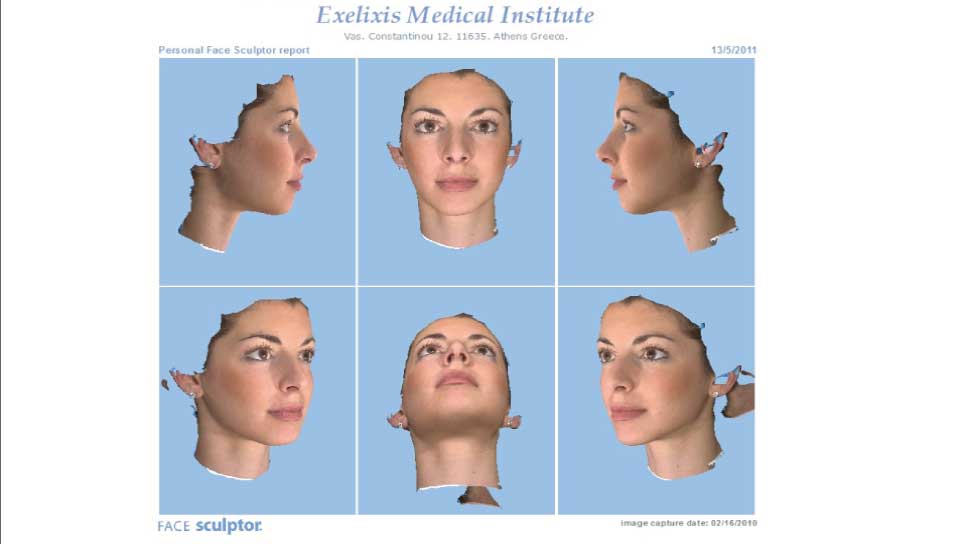




























 Press here to download a free QR Reader
Press here to download a free QR Reader



